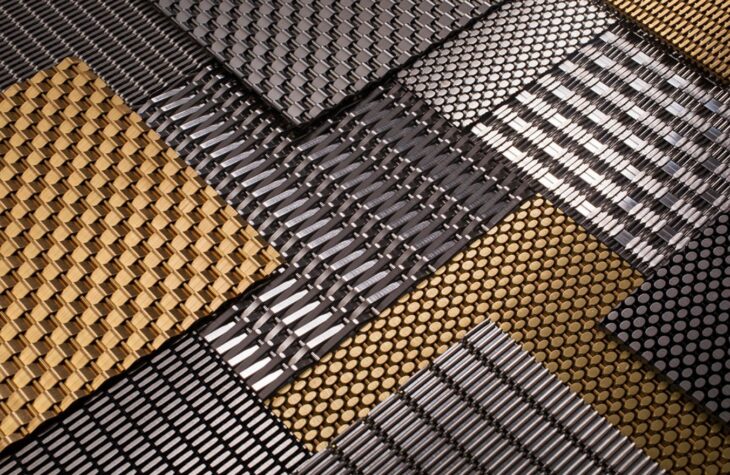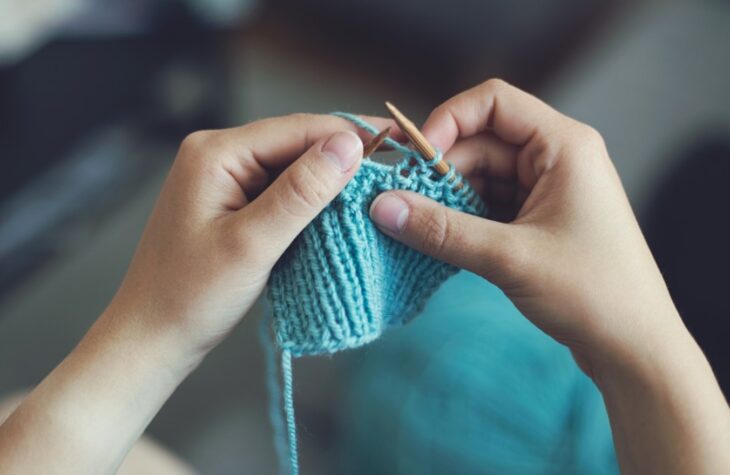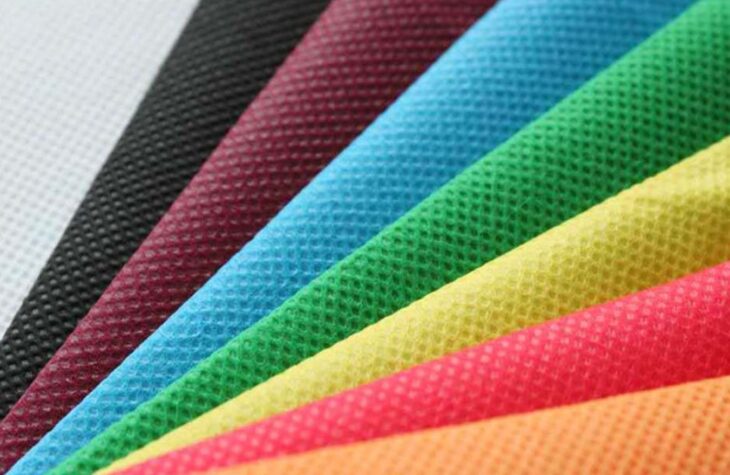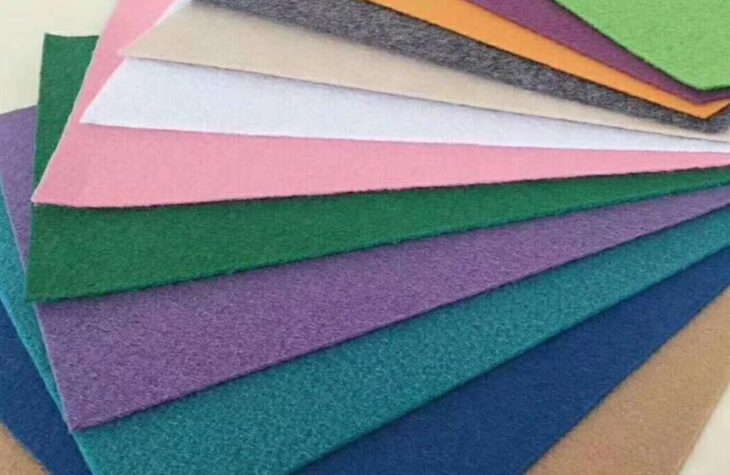Although most people don’t realize it, non-woven fabrics have provided people with a wide range of benefits and conveniences. In fact, it has managed to revolutionize many industries out there, mostly by allowing them to manufacture hundreds, if not thousands of products that would otherwise be too costly or too difficult to make.
However, if you’re thinking about using this particular textile, you might be wondering – how can I tell if a fabric is really non-woven? Well, fortunately, the article below might help. To learn how to distinguish this material, you need to learn the differences between non-woven, woven, and knitted textiles, so, without further ado, let’s take a look at the comparison guide below:
Contents
Woven: Explained

Source: Forms+Surfaces
One of the most common fabrics that you could find out there is manufactured by a process called weaving. For it to be made, it’ll require at least two threads – systems – to be knitted vertically. Now, the horizontal threads need to be pulled crosswise through the vertical taut.
The edges of the products are frequently denser, implying that the threads will be stretched, hence, the entire surface will be more even. If you grab a product made from it, you’ll be able to notice that it’s strong and durable, and in most cases, it’ll be quite non-flexible and sturdy.
This method can be utilized for making dense substances such as denim that is stiff and durable, as well as windproof. They could also be made loosely, which can produce chiffon or lawn that are loved for their lightness and transparency, and by changing the color of the thread, there is an unlimited number of materials that can be manufactured.
Knitted: Explained

Source: SBS Zipper
The popularity of this substance is slowly increasing, mostly because it provides comfort, and more importantly, it’s easy to produce. This particular textile is made by a knitting process where several loops of yarn are connected to one another. They consist of several ‘systems’, including horizontal, parallel, and vertical lines.
The knits are incredibly stretchy, which means that you could move them in both directions, and this flexibility allows the material to fit closely to the body, hence, it’ll be comfortable to wear. However, because of this, it could easily lose its shape. Since the structure is open, it’ll keep you warm, but it’ll also be breathable.
There are literally hundreds of patterns and textures someone could opt for, however, it’ll require flexible seams, so, if you’re planning on using this particular technique for creating a particular product, you should know that you’ll need the right equipment, tools, and skills for the job.
Non-Woven: Explained

Source: Pinterest
Last on the list is non-woven fabrics, which are the oldest method for manufacturing products through a process of bonding and splicing the fibers together. A good example of this is the manufacturing process of felt cloths since it requires the wool to be soaked and compressed, meaning that the fibers will be entangled, which is what creates the compact structure.
They aren’t prone to fraying or ripping, and they could easily be cut or shaped in any direction of your choosing. The most common and well-known non-knitted textiles are interfacing and waddings. This material could provide you with a wide range of benefits depending on the fiber combination and production process.
According to the experts from raysonchina, it could easily provide you with properties such as density, thickness, texture, patterns, colors, flexibility, sturdiness, as well as weight and breathability. All of this means that you’ll be able to utilize it for manufacturing hundreds of products.
What Products Are Made From Non-Woven Textile?
Before we conclude this article, it’s worth mentioning some of the products that are made from non-woven fabrics, and it’s pretty safe to say that you probably have them in your home. Some of the most common products that are made from these materials include things such as:
- Bed Linen – these products are both cheap and practical, mostly due to the fact that they can stay soft, they won’t damage any surfaces, and more importantly, they can be recycled, which means that they’re Eco-friendly. Additionally, they come with some amazing designs, hence, you could choose from hundreds of patterns and textures.
- Carpets – this particular substance is suitable for manufacturing carpets, and since the construction process requires the fabric to be soaked and compressed, it can extend the life of the carpet mostly because it’ll make it more sturdy. Also, these are also easy to install, they’ll protect the surface, and they can make carpet repairs less daunting.
- Medical Supplies – you might not realize this, but non-knitted materials are used in the medical industry as well. They’re used for manufacturing surgical gowns mostly because they can protect the surgeons and staff from bodily fluids, meaning that they’re, in a way, sterile. They’re also used for bandages, dressings, packs, and sterile overwraps and packaging.
- Power/Heat Conductive Material – did you know that this textile can alleviate the electricity crisis by providing budget-friendly solutions connected to heating? Yup, the conductive materials that have under-padding, meaning that it can help with heating a surface, no matter if the surface is wooded or ceramic.
- Tea Bags – this is something that might come as a surprise, but since this material is sterile, it can be used for manufacturing tea bags. Now, don’t worry, it won’t release any fragrance or smell to the tea or coffee it’s holding, however, they will definitely be capable of filtering the liquid better, meaning that the tea or coffee it contains might taste better.

Source: Alibaba
Conclusion
The three most common fabrics can be found in every single home in this world. However, when you think of all the benefits and properties each of them has, it’s pretty safe to say that the most diverse material that you could choose for your products are non-woven fabrics, mostly because of the properties it can provide you with.
So, now that you’re aware of the differences between the aforementioned fabrics, you might not want to lose any more of your time. Instead, determine which fabric you might want to use for your products, and then start searching for a company that’ll provide you with the things you need.
